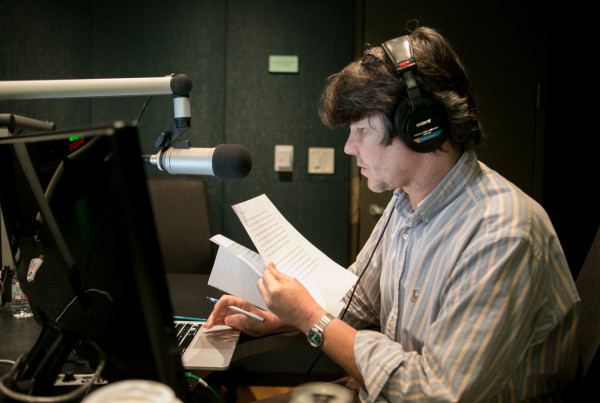This story originally appeared on Houston Public Media.
Many people thought Texas lawmakers would do nothing with school finance this legislative session.
Instead of doing something, they would wait for the Texas Supreme Court to rule in the latest case.
Then one top legislator revealed that he’d meeting with lots of people about school funding.
“And we’ve come to the conclusion that it’s worth to try to fix it,” said Rep. Jimmie Don Aycock, R-Killeen, at a press conference in March.
“It became apparent that some of our factors that drive money, drive huge amounts of money are antiquated,” said Aycock, who chairs the public education committee in the House.
“Some of those things have been in place for many, many years without justification. Some of them are things that were just never really very logical to begin with,” he added.
His proposal, HB 1759, tries to simplify some of those complicated formulas.
It also aims to help some districts, like Austin and Houston, keep more of their own property taxes.
It’s the latest in a long line of proposals over the years to try and fix Texas’ continual problems with school funding.
But others say it’s not a final solution.
“It’s almost more what’s not in the bill is really important to highlight,” said Chandra Villanueva, a policy analyst with the Center for Public Policy Priorities, a left-leaning think tank in Austin.
She said it doesn’t change the outdated funding formulas for two of the fastest growing groups in Texas schools: students from low-income families and English language learners.
Villanueva said that one thing the proposal does change is the gap between the richest and the poorest school districts.
In her analysis, that gap grows wider.
“When we see the inequity increasing between property-poor and property-rich districts and then these special populations not receiving any additional funding, those are major concerns. And I don’t think this bill is enough,” she said.
Texas is not alone in its search for a lasting and fair way to fund schools.
Dozens of states have also been embroiled in litigation. Only a handful of them have found solutions that have stood up in court or avoided more lawsuits.
John L. Myers, vice president with the Colorado-based APA Consulting, has worked with states around the country on school finance.
His list of models is short: Wyoming, Vermont, Maryland and Ca lifornia.
Myers said that California has made a lot of progress.
For example, it increased the basic budget for everyone. And if a school district there has a high percentage of students from low-income families, that district receives more money.
“It’s significant because it does recognize the current new research that shows that economically-disadvantaged kids do need additional resources at a higher percentage level than what we again were putting into the formulas in the 80s and 90s,” he explained.
Myers said that successful states have something else in common: political will.
“What you have to do is find some policymakers who are willing to look at the issue from a statesman-like standpoint and vote for the overall state plan,” he said.
He added that even if their districts doesn’t benefit, those lawmakers would still support a change to benefit the whole state.
Myers said a solution generally also takes more money.
In Texas, along with the latest reform effort, lawmakers are considering an extra $3 billion for school funding.
It would take an additional $6 to $8 billion to make the finance system both adequate and fair, according to experts who testified in the last school finance trial.
Mark Trachtenberg, an attorney for some property wealthy districts, said that funding should match the state’s academic standards for students.
“We’ve set college readiness as the outcome goal of our public education system. But we’ve never undertaken a study to figure what it actually costs to achieve those standards,” he said.
If Texas doesn’t figure that out, more students could fail to be prepared for college and the workforce. And the whole school finance system could be back in court again.
Support for this series was provided by “The Equity Reporting Project: Restoring the Promise of Education,” which was developed by Renaissance Journalism with funding from the Ford Foundation.















